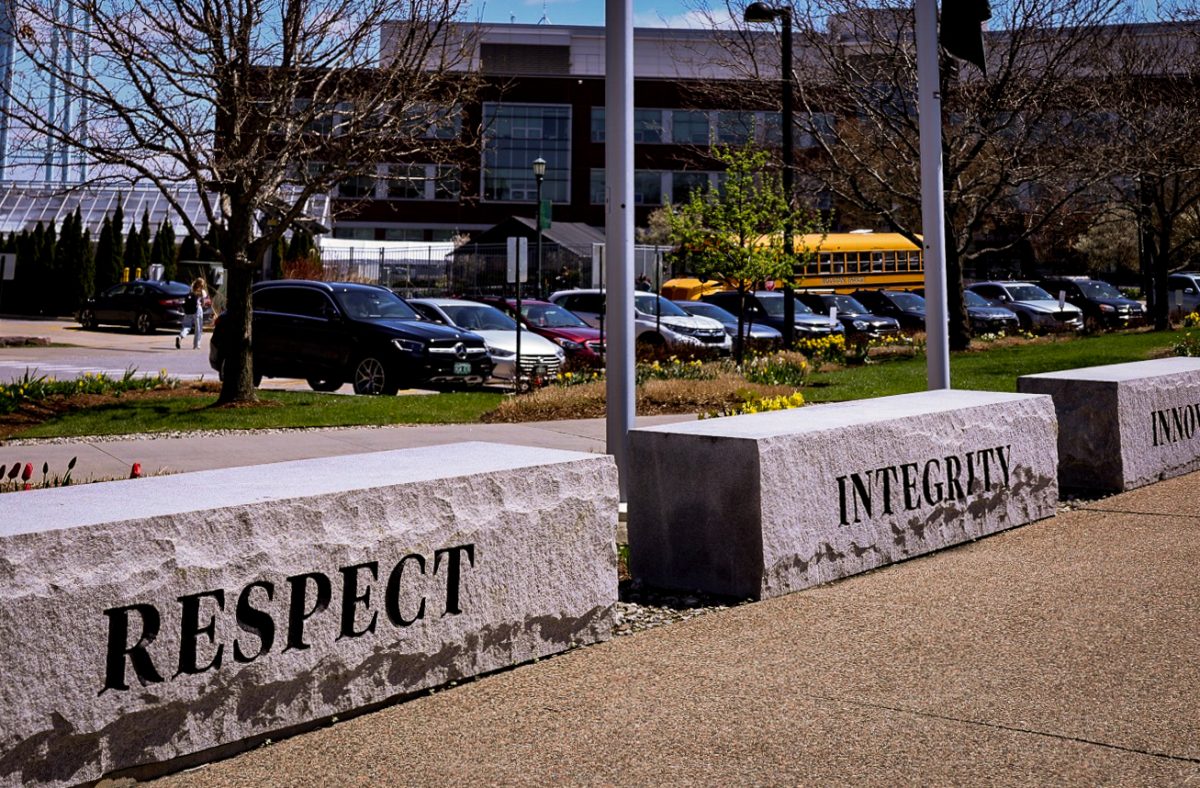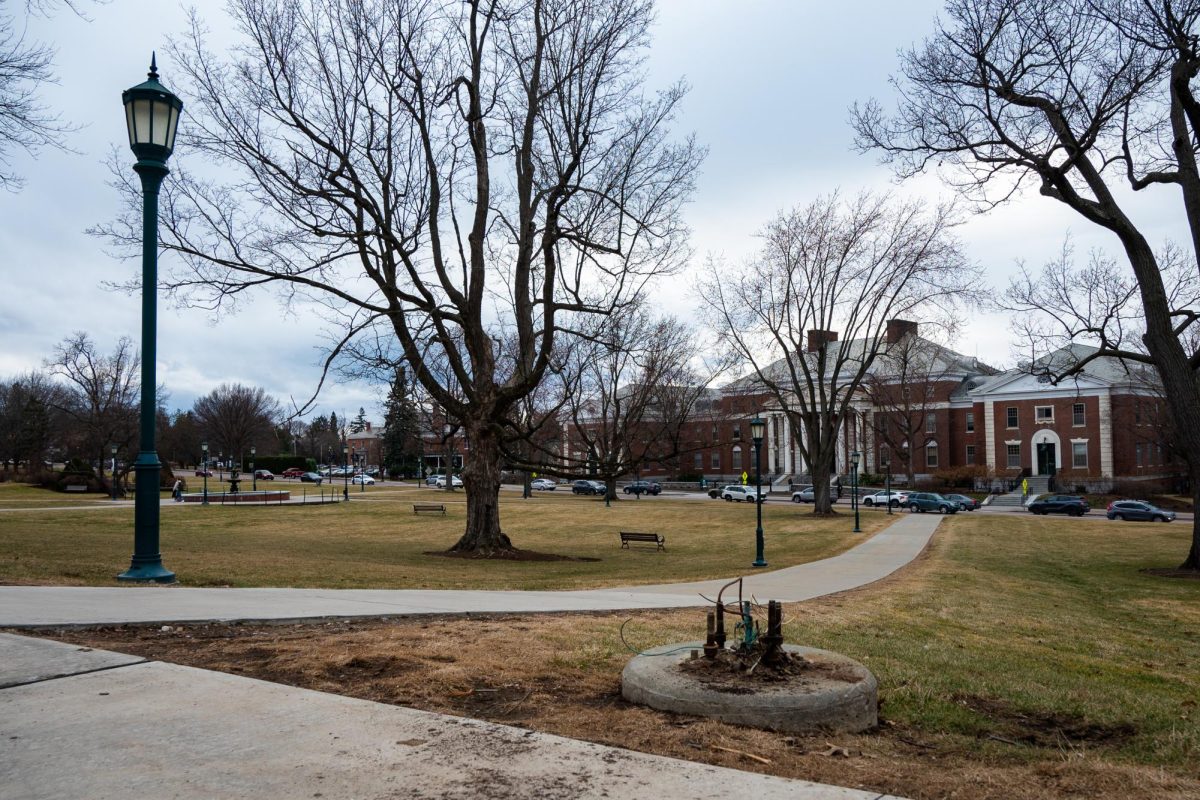Although Sierra Magazine ranks UVM as one of America’s top 10 greenest schools, UVM’s Office of Sustainability says that campus energy efficiency could be improved.The few sources of renewable energy production currently on campus are limited to a few scattered solar panels and a residential-size wind turbine on Central Campus.These technologies are meant to act as symbols of sustainable potential and to spark curiosity among the UVM community, Mieko Ozeki, coordinator of the Office of Sustainability Program, said.”The clean energy technology we have on campus now can’t even shave the peak energy consumption off one of the University’s laboratories,” Ozeki said.The UVM Clean Energy Fund (CEF) is a relatively new committee — formed in the Spring of 2008 — to help advocate green technology projects on campus that serve not only as sources of clean or renewable energy, but also as educational tools, according to the group’s website.The CEF is a student-centered committee of undergraduate, graduate, faculty, staff and alumni membership with the goal of creating and perpetuating a more sustainable campus, Ozeki said.The committee is responsible for reviewing clean energy project proposals that they receive from applicants in the UVM community, Ozeki said. The group chooses projects that would best serve UVM’s commitment to renewable energy production and votes on proposals to submit to Vice President of the Financial Administration Richard Cate for recommendation to the board, she said.The CEF has recently announced that it is taking applications for proposals for the 2009-2010 academic year, the Office of Sustainability website said. The fund is looking for projects to build and maintain “cost-effective renewable energy resources on campus,” and has posted an application deadline of Nov. 15.The CEF’s resources come from a per-student fee of $10 that is taken out of each semester’s tuition, the website stated. This generates an annual revenue of about $200,000 for the fund that is then partially allocated to individual projects in research, demonstration and development.”The fund is really a drop in the bucket compared to other campus funds,” Ozeki said. “We ask applicants to get matching grants from other organizations like the Vermont State Energy Fund and others.”Ozeki said that the fund constraints are a huge obstacle when trying to put a project into production.”Even after the initial building and maintenance fees, we have to go through risk management, city planning and also consider environmental and social factors,” she said.The CEF feels pressure from the Board of Trustees to “make prudent decisions,” Ozeki said. The Board has the power to pull financial backing from the fund if they feel CEF is not utilizing its resources properly, she said.The CEF will be accepting project applications for 2010 until November, at which time they will review the proposals and present them to the financial administration for approval.
Categories:
Clean Energy Fund continues climate commitment
October 19, 2009
0
More to Discover







